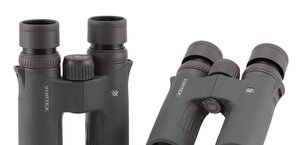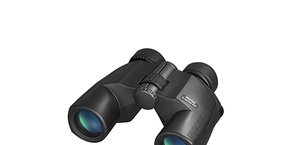Sky Watcher Evostar 72 ED – not only for astronomers
2. Evostar 72 ED in practice
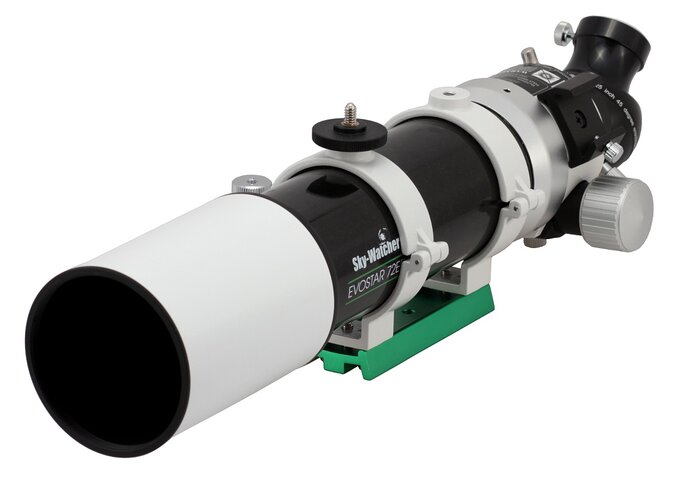 |
I have to say that looking through such a set is a great pleasure. Image is very bright, with natural colours and, what's the most important thing, sharp in the centre and also on the edge of the field. The only thing that might disturb you a bit is slight chromatic aberration near the diaphragm but, fortunately, its level is so low that doesn't deserve any harsh criticism. Geometric deformations are corrected in a proper way - the eyepiece shows just slight pincushion distortion.
Please Support UsIf you enjoy our reviews and articles, and you want us to continue our work please, support our website by donating through PayPal. The funds are going to be used for paying our editorial team, renting servers, and equipping our testing studio; only that way we will be able to continue providing you interesting content for free. |
- - - - - - - - - - - - - - - - - - - - - - - - - - - - - - - - - - - - - - - - - - - - - - - -
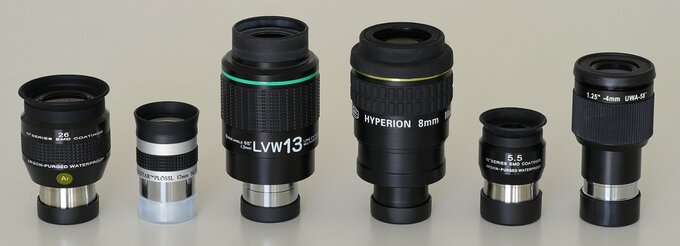 |
The next model belongs to the real top when it comes to eyepieces. This time we attached the lantan Vixen LVW with a focal length of 13 mm and an apparent field of view of 65 degrees. As a result we got the magnification of 32.3x and a field of view of 2.01 deg. What about its performance? Images are very bright but they come with slightly yellowish hue. Chromatic aberration is corrected perfectly well in the centre but on the edge of that wide field it makes itself felt. We didn't notice any distortion for a change and sharpness was excellent across the field.
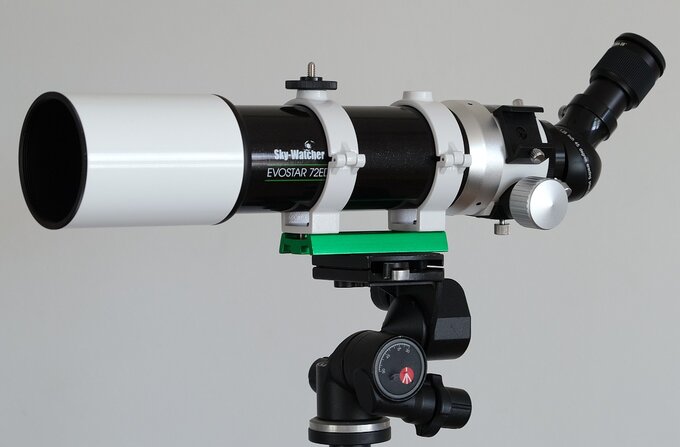 |
Results were brilliant – a surprisingly bright image with neutral colouring which seems just slightly warm. Chromatic aberration, like in the case of the Vixen, is very low in the centre but rather visible on the edge of the field. Distortion couldn't be noticed almost at all; we did notice excellent sharpness in 90-95% of the field. Only near the very diaphragm you could spot some mist.
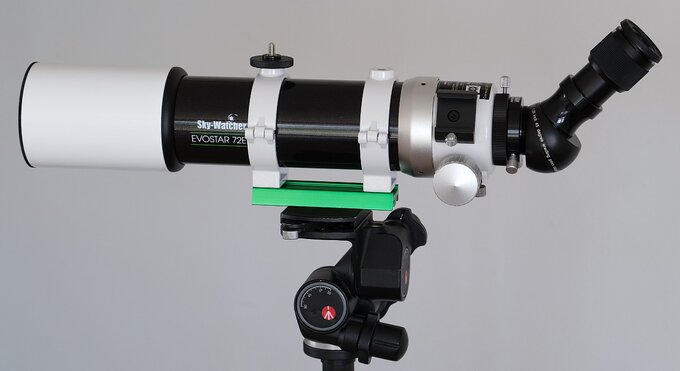 |
In case of budget equipment, a magnification that exceeds the diameter of the objective lens in milimeters is a real challenge for the optics; stiil the Evostar deals with it without any problems. Images keep a very sensible degree of brightness and natural colouring but, compared to smaller magnifications, you can already notice some graying. Chromatic aberration in the centre is very small, practically invisible, and not higher than medium on the edge of the field. When it comes to distortion you can notice its barrel variant. Sharpness in the centre remains very sensible and its decrease near the edge of the field is really small.
In this case the dual-speed 1:10 focuser showed its advantage. With such a high magnification you simply have to use micro focusing because only that system guarantees a good result and fine-tune sharpness according to your needs and expectations.
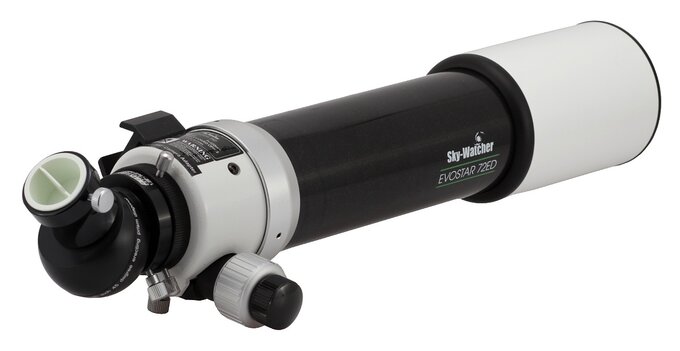 |
Here images should only be called grey – there are no miracles, an objective 72 mm in diameter has its limitations. In the centre of the field you can spot chromatic aberration in a form of light-purple colouring. Of course as you move to the edge of the field that effect becomes more and more pronounced. Still, image sharpness remain on a sensible level but it depends greatly on conditions of your observations. Even on the edge of the field of view the sharpness remains decent. When it comes to distortion you deal with slight barrel. Overall I can say without any remorse that the 4 mm device still manages to perform well but I would definitely avoid any shorter eyepieces. After all the 105x magnification or the 76.4x presented earlier, is quite a lot; in fact it's something every owner of a spotting scope with a brand-name zoom eyepiece can only dream of.
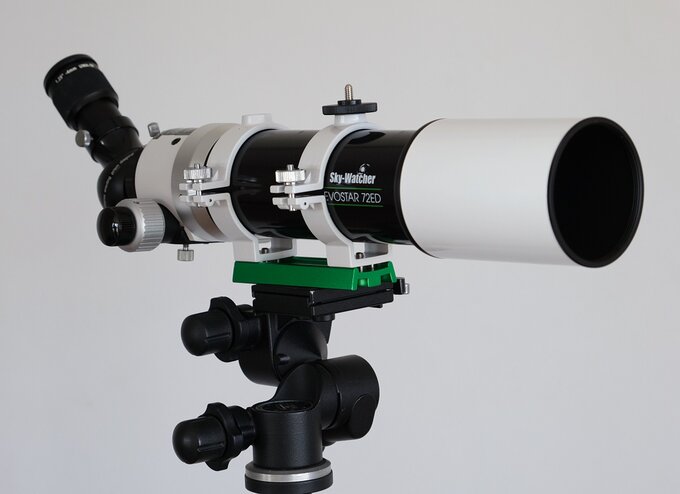 |





